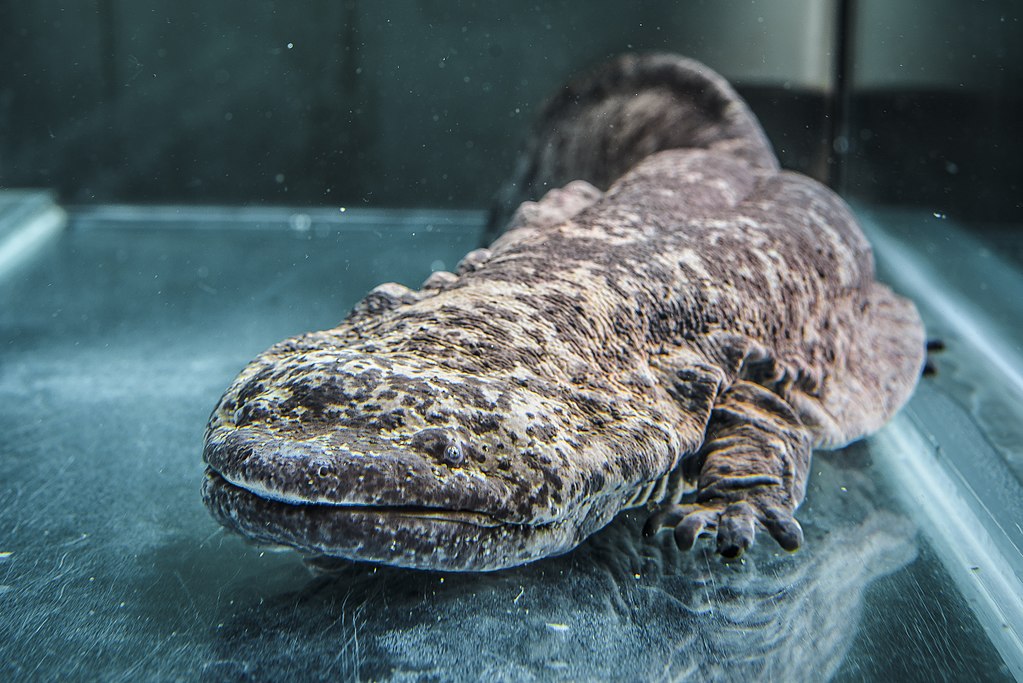
Sci & Tech Editor Francesca Benson discusses the curiosities of the world’s largest amphibian
As the largest amphibian in the world, the Chinese Giant Salamander (Andrias davidianus) can grow up to 1.8 metres in length and 110 pounds in weight. The salamander lives in the tributaries of the Pearl, Yangtze, and Yellow rivers in China, but has been found as far out as Taiwan and Japan. They produce an acrid and milky skin secretion that repels predators. It has a carnivorous diet including crabs, millipedes, and fish, but is also very prone to cannibalism. New analysis of specimens has led to suggestions that the Chinese Giant Salamander is actually three different species rather than one. They have been classified as critically endangered in the wild
However, all is not well at the moment for the Chinese Giant Salamander, as they have been classified as critically endangered in the wild, on the IUCN Red List of Threatened Species. Deforestation, water pollution, dam construction, and mining activity has made many previous habitats of the salamander uninhabitable. Millions of these salamanders are kept in farms to be killed for meat or to be used in traditional medicines and are often poached from the wild – yet wild populations are rapidly declining and are on the way to being wiped out. In a field study of 97 sites in 16 provinces in China, only 24 Giant Salamanders were found in just 4 of the sites. Genetic analysis indicated that these specimens may have been released from farms. Conservation efforts such as protecting habitats and enforcing anti-poaching laws will be essential to ensure the preservation of this gargantuan amphibian.

Comments